Table of Content
- Smart Home Automation Interoperability
- Smart Home Apps Can Trigger Automation Routines
- Smart Home Automation Platform
- Smart Home Apps Connect with openHAB Cloud App
- Manufacturing High-Quality IoT Products for Smart Home Automation
The modern home is becoming smarter every day and continuing to gain traction with consumers who want to incorporate technology in their homes. For many home automation enthusiasts, completing basic functions and managing a few devices from the manufacturer apps is fine. There is usually a limit, though, on the number of devices homeowners are willing to maintain and a limit to the time and effort they’re willing to dedicate to the task.
In addition, once savvy users pass the stage of setting up and running a few devices, they often become more creative and begin to think about automating routines—with the ultimate goal of converting to smart home automation. But very soon, most come to realize that not all apps are compatible, the data is fragmented, etc., and that automating the smart home can be quite complex.
Smart Home Automation Interoperability
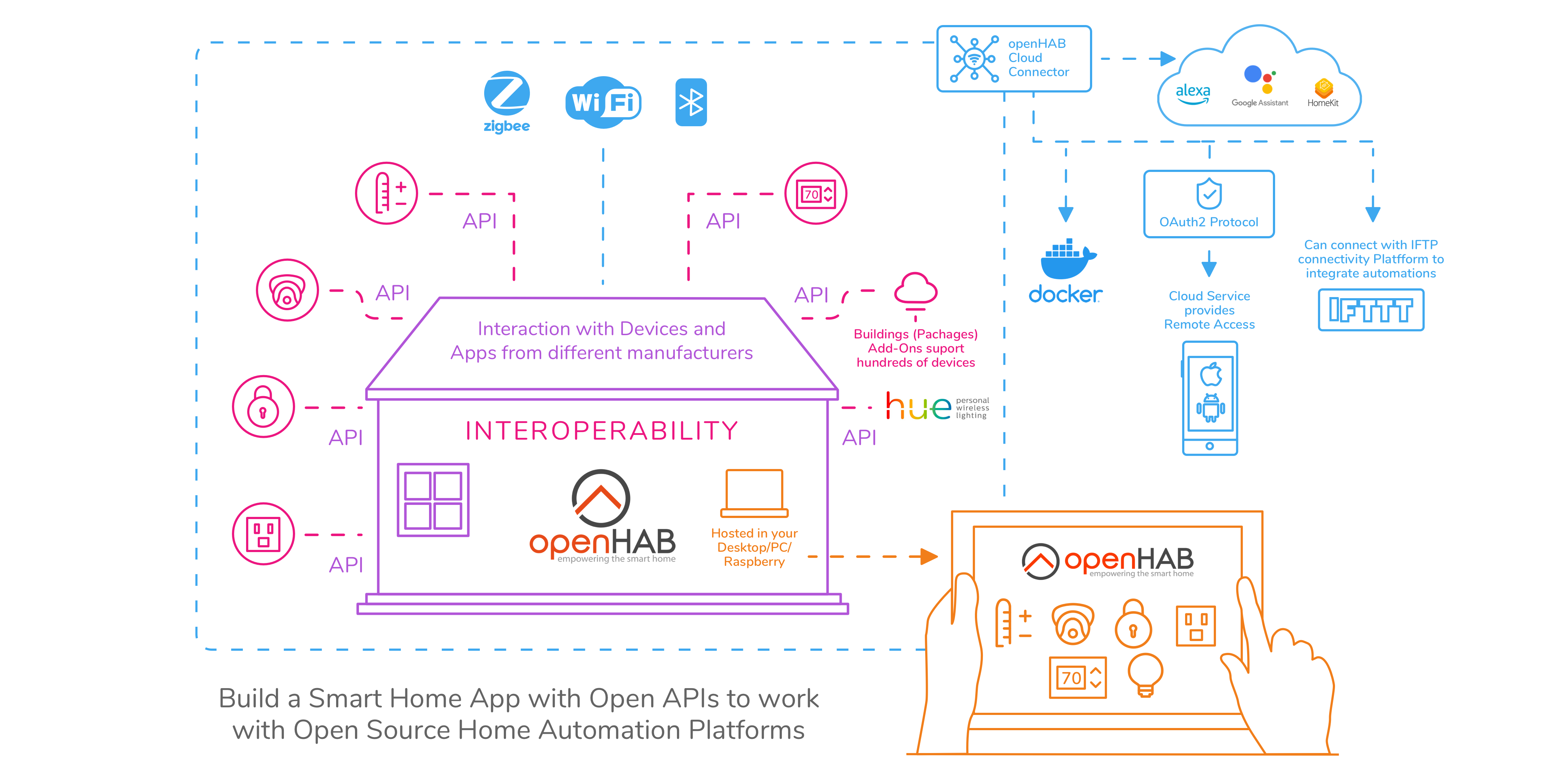
Smart Home Apps Can Trigger
Automation Routines
You can build a smart home app that can work
with any smart home automation open-source platform.
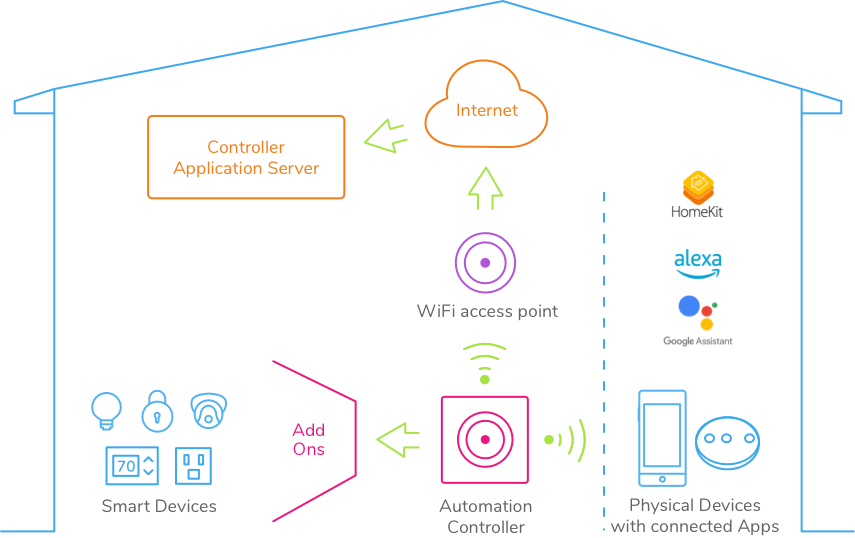
Smart Home Automation Platform


openHAB Installation and Setup
You can install and set up openHAB in your local computer and launch a user interface dashboard through which you can configure your smart home automation. From the dashboard, you can install required add-ons to provide the functionality to your system and configure your smart home automation.
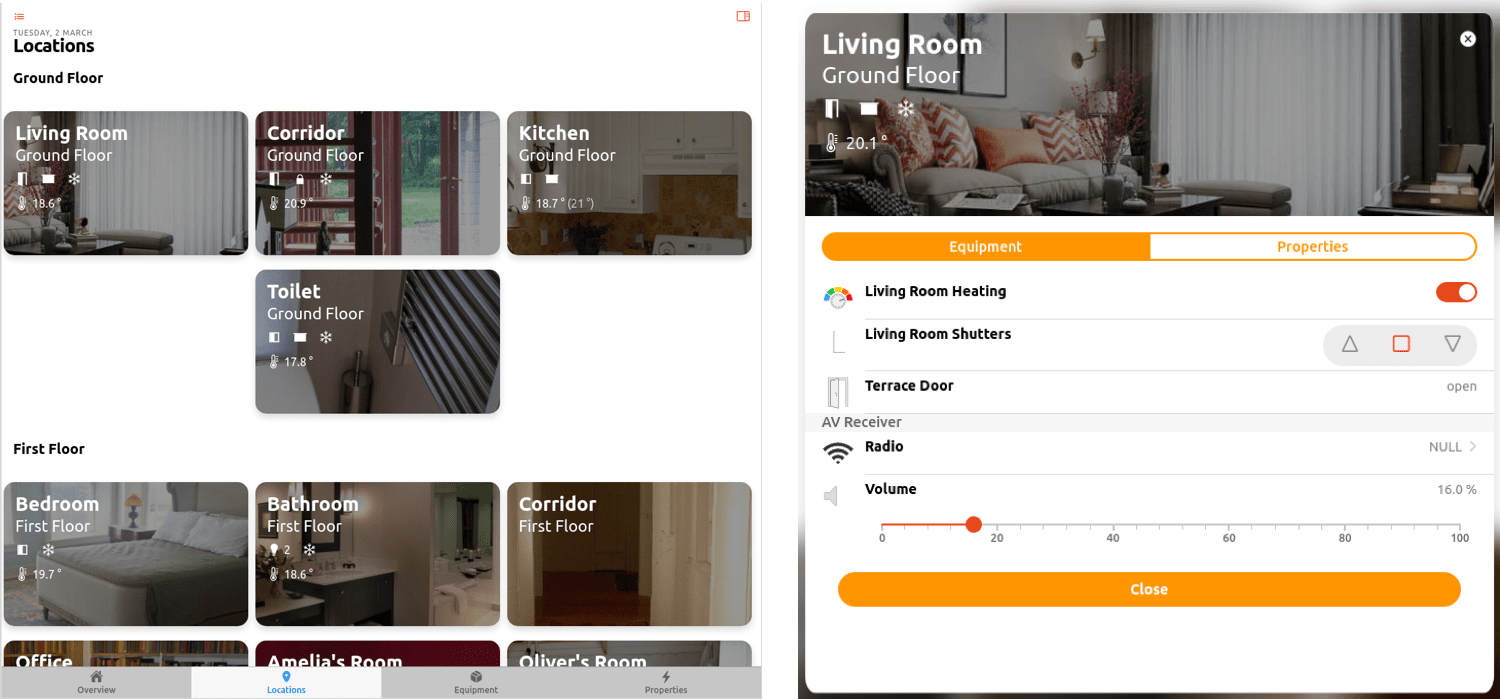

openHAB on Raspberry PI
For a more professional smart home automation system, set-up is recommended to configure openHAB on a Raspberry PI that runs on Linux Debian and comes with a configuration tool (openHABian) with Linux tools and prepackaged SD card images that are easy to set up over WI-FI. A standard openHABian installation contains the scripts and packages that configure the system to run on Raspberry PI OS and run software on top.
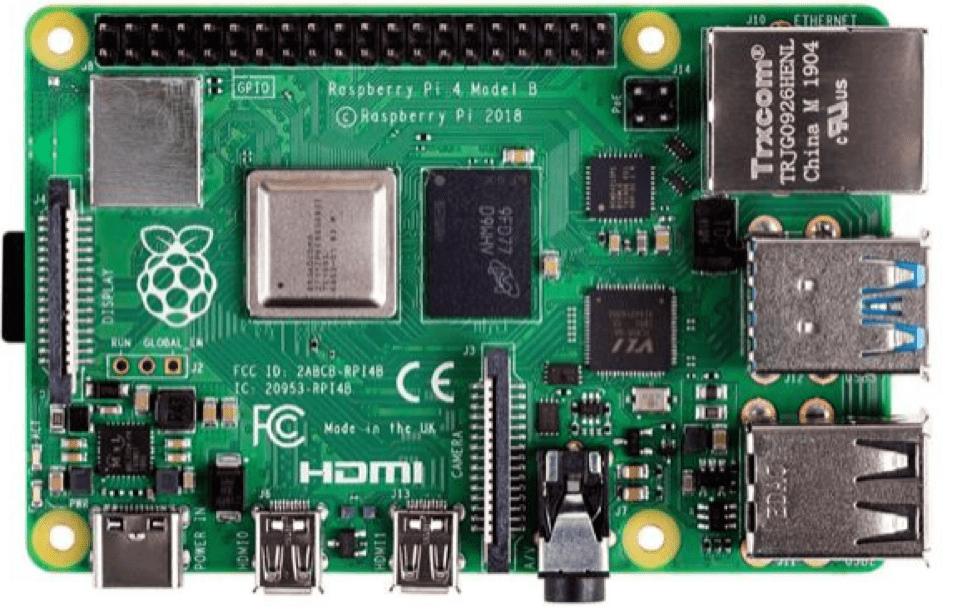

openHAB on Documentation
openHAB provides all documentation guides about concepts, installations, configuration, user interface, developer, administration, ecosystem, and tutorials.
Smart Home Apps Connect with openHAB Cloud App
Cloud services are added to a smart home automation user interface using openHAB cloud connectors. For example, you can implement popular interfaces in your smart home hub with supportive or prebuilt capabilities such as Alexa Smart Home skill or Google Assistant.
Installing the openHAB cloud connector on your openHAB runtime allows you to connect to other cloud platforms and services.
The openHAB home automation software has a cloud service with a user frontend interface to provide remote access (web access) that enables users to control their smart home automation through the internet. Users can manage their accounts, device statistics, notifications, messaging, etc. The openHAB cloud services also provide backend integration points for external cloud services and applications with the OAuth2 authorization protocol.
Building your solution using a modular architecture allows you to add extensions for different use cases.
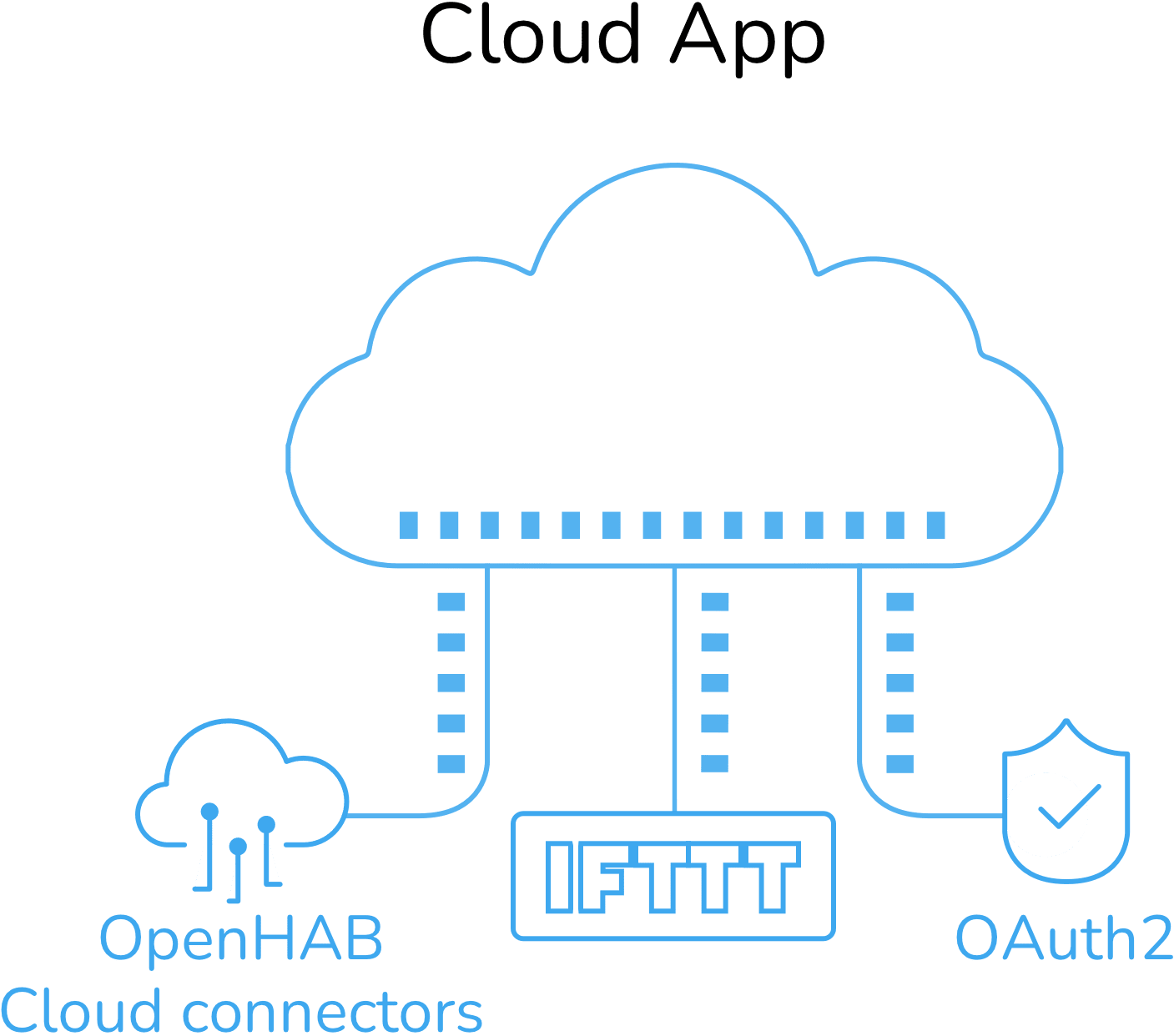
OpenHAB also integrates with the IFTTP connectivity platform, an ecosystem of services and thousands of developers. Therefore, it is worth building your smart home apps with API services that the IFTTP service protocols can implement in order to give consumers superior experiences.
IFTTP integrates with openHAB from the IFTTP account to give connectivity and integration to your products. You can create services or specific endpoints that connect with IFTTP for the functionality of your product with the right queries, triggers, and actions.
You can create connections with multiple functions to integrate with other services in IFTTP to make these services available to all users of your apps.
Applets or small applications can be created to connect apps or devices to trigger an action on your service that is mapped to actions in other services. For example, you can create an applet from Siri to trigger events. Runtime scripts are also written to handle trigger events.
openHAB can integrate a few automations with IFTTP applets with a free plan, or professional plans with advance features and access to the IFTTP platform for a monthly fee.
Manufacturing High-Quality IoT Products for Smart Home Automation
Building products that work with open-source platforms and provide features that contribute to improving consumers’ lives will keep their smart home automation projects alive and, above all, increase adoption of smart home technology. In addition, a smart home should operate with many devices, brands, and technologies that interoperate, keeping your data private and useful for further improvements.
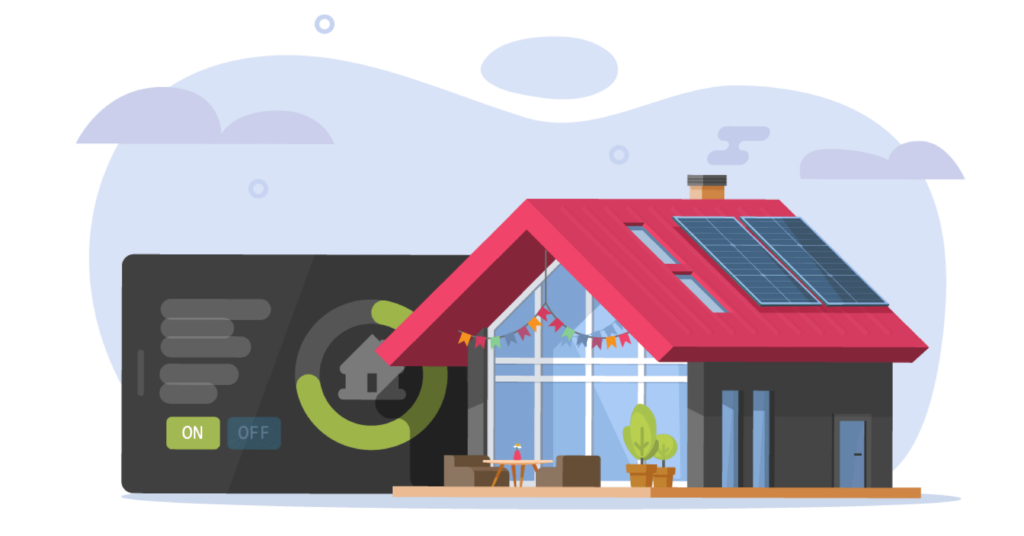






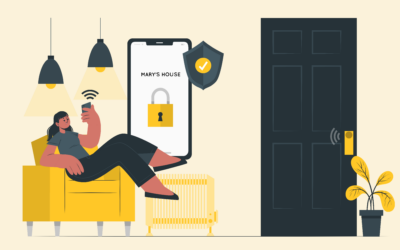
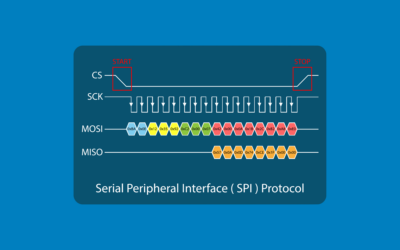
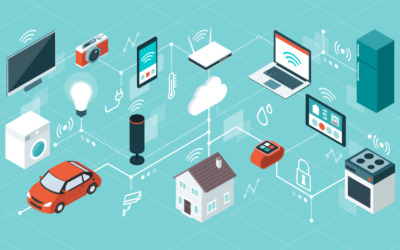

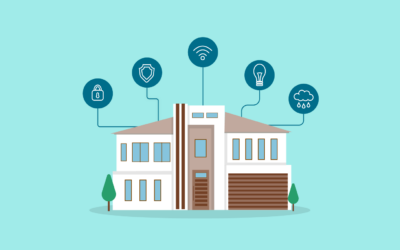
0 Comments